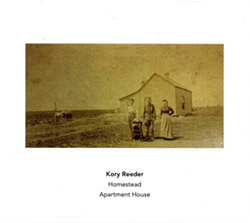
A deeply personal meditation rooted in the composer's time as artist-in-residence at Homestead National Historical Park, this four-movement string quartet performed by Chihiro Ono, Amalia Young, Bridget Carey, and Anton Lukoszevieze weaves archival fragments, traditional forms, and minimalist textures into a contemplative, resonant work of memory, place, and lineage.
In Stock
Quantity in Basket: None
Log In to use our Wish List
Shipping Weight: 3.00 units
EU & UK Customers:
Discogs.com can handle your VAT payments
So please order through Discogs
Sample The Album:
Kory Reeder-composer
Chihiro Ono-violin
Amalia Young-violin
Bridget Carey-viola
Anton Lukoszevieze-cello
Click an artist name above to see in-stock items for that artist.
Label: Another Timbre
Catalog ID: at236
Squidco Product Code: 36222
Format: CD
Condition: New
Released: 2025
Country: UK
Packaging: Cardboard Gatefold
Recorded at St. Andrew's United Reform Church, in Sheffield, UK, in July, 2024, by Simon Reynell.
Another Interview with Kory Reeder by Marat Ingeldeev
You're returning to Another Timbre with a new long-form work, your string quartet Homestead. Before we discuss the music itself, could you tell us what inspired you to write this piece? How does it connect to Homestead National Historical Park and the Homestead Acts?
In July 2023, I got an email from Simon at Another Timbre the morning I hit the road to go to Homestead as artist in residence. I spent that drive thinking about what I'd like to do, and the name "Homestead" sort of stuck in my mind the whole time. The idea of another big project, something new, something written for this release was really appealing, and Simon explicitly asked about string quartets, so that planted a seed.
For years, folks have been referencing the Great Plains within the soundworld that a lot of my music occupies. I never really thought much of this, but it can be a way to open a door to my music. Around the same time, I was touring with Ryan Seward and Andrew Weathers and we had a day off in Kearney, Nebraska. They wanted me to show them around and tell them what the area means to me. I never felt embarrassed about where I'm from, but never thought about it as a place I had more than a familial connection to; this all kicked off a lot of learning about the Great Plains, about Nebraska history, and the connection my family has in the region.
So, while I was in residence at Homestead, I was doing a lot of preliminary research on my family history, the regional ethnography, the settler colonial process of "Manifest Destiny" and Western expansion of the United States. At the same time, I was given access to the archives at Homestead and found some really amazing materials and artifacts, including hand-written manuscripts of music, hymnals, photographs, quilts, etc. I'm typically rather skeptical of programmatic instrumental music, or instrumental music that is trying to express something utterly specific, but I had been starting this period of reassessing my relationship with my home state and this project felt like a great place to explore that idea.
The Homestead Acts themselves are a long and complicated history, and far too much to dig too deep into here, so I encourage anyone interested to look it up. However, I wouldn't say that this piece is a commentary on that-and I am deeply critical of this part of American History-but it was where I started learning and reassessing my relationship, and it's an important part of the development of Central Nebraska that brought my family there. So, whether or not the piece sounds like that or if this is more a "meditation on the concept," I don't really have a strong sense. There is material directly from the archive in the piece, and it is a genesis point for a lot of what I'm thinking about now and how I situate myself within this history.
Homestead is structured in four movements, with an interlude separating the two halves. Each movement is named after a classical form, style, or genre-Hymn, Sonata, Rondo, and Waltz-paired with an intriguing subtitle. What is the significance of these names, and how do they shape the music itself?
The first time I wrote a string quartet as a student, a professor told me that there is "pressure with string quartets" because every "great composer" has one... I do not subscribe to this notion at all, and never have-I have written several string quartets, and I think this peer-pressure from dead people is a deeply problematic state of mind. That said, I thought it would be interesting to play with the exceedingly traditional framework of the genre and work within it while doing my own thing. That's why the piece is in 4 movements: the traditional structure of the historical genre.
When I really started working on Homestead, I was teaching form, analysis, and counterpoint for the first time, revisiting a lot of these traditional concepts, and I wanted to explore them in my own work. I have jokingly described this piece as part of my "neoclassical period," but a lot of those ideas are there: the sonata is a sonata (if you can find it), the rondo is a rondo (if you can find it), and the waltz is a theme and variations (if you can find it). Conceptually, this reconciliation of the historical paradigms with my current creative thinking reflects the more personal framework I described in your last question. The subtitles are also literal: the music you hear is derived from the objects outlined in the subtitle. For example, in the fourth movement Waltz, the first violin is playing almost an exact version of a hand-written manuscript I found in the archives at Homestead-of course, I do my own thing with it.
I find the first movement quite serene, with a single note seemingly grappling against the surrounding chordal texture. In contrast, the second movement-probably my favourite-feels more brooding, with an intense, beautiful amalgamation of cascading tones and rhythmic energy. How did you achieve that effect compositionally?
A lot of my music is harmonically rather static: I like to hang out in harmonic zones for a long time, and I like to sit on a single note for a while and pivot around it almost like a center of gravity. You can get this with long tones, and I love doing that, but a contrasting method is to have a ton of activity without really moving the overall harmony at all. I think I initially got this idea from a deep dive I did a long time ago: listening to every piece by Ligeti, especially how he uses micropolyphony. So, the harmonic material doesn't move very quickly, but there is a ton of activity. With some of my larger ensemble pieces I like to subsume the pulse and get lost in interconnecting webs of sound, but with this piece (and with such a small intimate ensemble) I liked how the clarity of eighth note pulse locked in these patterns in my ear. Like a quilt or a fabric, you can hear these interlocking patterns, but it gets lost in the close-knit cluster. Compositionally, I thought about this as a single line-a single thread-that overlaps on top of itself. But, I always use my ear, so if things sounded off or needed a change, I would just adjust it; it's not a fixed rigid system as much as it is a method to soundworld.
Since you've mentioned working within a traditional four-movement design while adding your own twists, I'm curious-do you have a favourite string quartet?
Probably not a favorite, to be honest, but there are plenty that I like. Some obvious ones, like Feldman's and Jürg Frey's, are very close to my heart. I listen to a lot of music and really like several-new and old-that may or may not have had an influence on the piece like Sibelius' Voces Intimae, Shostakovich 15, John Luther Adams' Lines Made by Walking, Catherine Lamb's string quartet and divisio spiralis, as well as other releases from Another Timbre like Linda Catlin Smith's recent Flowers of Emptiness which has String Quartet No. 6, or the whole Cassandra Miller: String Quartets album... there's a lot out there!
You've also mentioned being sceptical of programmatic instrumental music or fixed meanings. How do you view titles in this context? To me, a piece's title can profoundly shape how I listen to music, often setting a scene-though sometimes missing the mark. Do any composers stand out for their approach to titling?
This is something I'm really grappling with personally, and I am sure smarter people have given better answers. On the one hand, there's sometimes an attempt at literal representation or specific storytelling, which I really don't find appealing at all. A joke I've made in the past is that someone can write a piece about a tree in their grandmother's backyard, but if I don't feel the invocation of that tree, or if the title suggests something else, then does the piece fail? There are plenty of pieces with deep meaning that can be derived just by title, and there are plenty of pieces with absolutely uninspiring titles that can be intensely affecting and evocative, and everything in between. You can mix and match the music vs. title vs. message in any way you want and you'll find examples of good and bad.
So, to answer your question: not really! I mentioned Feldman and Frey earlier: Feldman has titles which I find utterly uninspiring, but they're kind of perfect, and Frey's piece Architektur der Empfindungen-I don't speak German, but I can surmise the first word by the cognate (not that it actually matters, though, because I think it's an amazing piece regardless). I think Eastman's titles are just as profound and important as the music as well, and there are plenty of pieces with eye-rolling titles that have been really important to me. To be completely honest, most of the time it's not really something I think too much about when I listen to a new album or get a recommendation.
Fair enough! When it comes to your own work, how do you go about choosing titles?
Personally, I hate titling pieces and it's probably my least favorite step in the creative process. I actually have a rather long note on my phone of title ideas that I pull up when it's about that time in the process. I'll then cull through that to find something I think is resonant with the music or ideas in the piece (many of them are from poetry or lines from books). The fact that the title "Homestead" stuck in my head before putting pen to paper is probably the 3rd time that's ever happened to me-and it's usually the last thing I do when I finish a piece. With Homestead, I don't want to assume that any listener will be "transported" somewhere, or hear a story unfolding, or something. By titling the piece something specific like that, I hope that it signals something personal from me being projected out into the world. It is a piece that comes from a time and place in my life and, ultimately, I hope folks enjoy the music.

The Squid's Ear!
Artist Biographies
• Show Bio for Kory Reeder "Kory Reeder's music is meditative and atmospheric, investigating ideas of objectivity, place, immediacy, situation, and interaction. Kory draws inspiration from the visual arts, nature, astronomy, and history, translating their structural or philosophical elements into musical form. Kory's music has been performed across North America, Asian, Australia, and Europe and has been featured on the New York City Electroacoustic Music Festival, the New Music gathering, Composer's Circle, SEAMUS, LaTex, The New Music Conflagration's Traveling Tunes // Traveling Sounds, the national BGSU Graduate Student Forum, the Bowling Green New Music Festival, the Electroacoustic Barn Dance, New Music on the Point, Noise Floor, New Music on the Bayou, SCI Conferences, and Klangraum among others. His work for Hecuba was awarded by The Kennedy Center American College Theater Festival for achievement in Original Composition Music and Sound Effects, he has been an ASCAP Morton Gould Award finalist, recognized by ACSM 116 (Tokyo), Festival Stradella (Italy), and artist-in-residence at Arts, Letter, and Numbers in Averill Park, NY, and the Kimmel, Harding, Nelson Center for the Arts in Nebraska City, Nebraska. Kory has frequently collaborated with theater and dance programs, writing incidental music for productions of Euripides' Hecuba, Henrik Ibsen's The Lady from the Sea, Dayna DeFilippis 2016 Dance Recital, choreographer Princess Charis Grant, and the BGSU MicrOpera program. Kory is currently pursuing a PhD. in music composition at the University of North Texas. He is a former student of Antoine Beuger, Anthony Donofrio, Sungi Hong, Mikel Kuehn, Elainie Lillios, and Darleen Cowles Mitchel, and holds a Bachelor of Music degree in composition from the University of Nebraska at Kearney, and a Master of Music in composition from Bowling Green State University." ^ Hide Bio for Kory Reeder • Show Bio for Chihiro Ono "Japanese-born violinist Chihiro Ono use music as a tool to explore human abilities, link people and places, and open human beings' minds." ^ Hide Bio for Chihiro Ono • Show Bio for Amalia Young "I am a London-based violinist, working in the fields of classical and experimental music. My research interests are in listening, embodiment, and contemporary performance practices. A bodily, meditative, and granular attention to sound and how we share it is at the heart of my practice. As a recitalist and ensemble player, I have performed at St. Martin-in-the-Fields, the Holywell Music Room, Café OTO, the Ashmolean Museum, the Aldeburgh Festival, the RAM Piano Festival, the Athenaeum Club, London Fashion Week, the New England Conservatory, and the Isabella Stewart Gardner Museum (Boston), amongst others. I particularly enjoy collaborative work with my ensembles the Kavinsky Trio (violin/sax/piano), and the Komuna Collective (string quartet/DJs/visual artists). I have also premiered works by Martin Butler, Jordan Hunt, and Ross Harris, amongst others, and enjoy interdisciplinary collaborations with composer and dancer friends. Also a choral singer, I worked as an alto at St James the Greater, Leicester from 2016-17, and St George Headstone, London from 2018-2021. I am a graduate of the Royal Academy of Music, where I was also recipient of a scholarship and the Doris Faulkener Prize for Violin, and more recently the University of Oxford. I am currently reading for the MMus in Performance and Related Studies at Goldsmiths, University of London." ^ Hide Bio for Amalia Young • Show Bio for Bridget Carey "Bridget Carey studied jointly at the Royal Academy of Music and London University and has pursued a varied freelance career based in London, and has developed a particular reputation in the field of new music. For 15 years she premiered new chamber opera for the Almeida, whilst working in dance scores with Siobhan Davies and Rambert companies, classical contemporary with Opus 20 and Music Projects/London and new complexity with Ensemble Expose. From 1995-2005 she was viola player with the Kreutzer string quartet. More recently, her chamber music interests include Okeanos and the RPS award-winning experimental music group Apartment House, with whom she continues to add to her chamber music discography. She has been a member of Britten Sinfonia for the last 20 years, and is a regular guest with London Sinfonietta and BCMG, among others." ^ Hide Bio for Bridget Carey • Show Bio for Anton Lukoszevieze "Cellist Anton Lukoszevieze (born 1965 in the UK) is one of the most diverse performers of his generation and is notable for his performances of avant-garde, experimental and improvised music. Anton has given many performances at numerous international festivals throughout Europe and the USA (Maerzmusik, Donaueschingen, Wien Modern, GAS, Transart, Ultima, etc.etc.). He has also made frequent programmes and broadcasts for BBC Radio 3, Danish Radio, SR2, Sweden, Deutschland Rundfunk, WDR, Germany and ORT, Austria. Deutschlandfunk, Berlin produced a radio portrait of him in September, 2003. Anton has also performed concerti with the City of Birmingham Symphony Orchestra at the 2001 Aldeburgh festival and the Netherlands Radio Symphony Orchestra. He has collaborated with many composers and performers including David Behrman, Alvin Lucier, Amnon Wolman, Pierre Strauch, Rytis Mazulis, Karlheinz Essl, Helmut Oehring, Christopher Fox, Philip Corner, Alvin Curran, Phill Niblock and Laurence Crane, He is unique in the UK through his use of the curved bow (BACH-Bogen), which he is using to develop new repertoire for the cello. From 2005-7 he was New Music Fellow at Kings College, Cambridge and Kettles Yard Gallery. Anton is the subject of four films (FoxFire Eins) by the renowned artist-filmmaker Jayne Parker. A new film Trilogy with compositions by Sylvano Bussotti, George Aperghis and Laurence Crane premieres at The London Film Festival, October 2008. In November will premiere a new hour long work by Christopher Fox for cello and the vocal ensemble Exaudi commissioned by the Huddersfield Contemporary Music Festival and will also present new solo works for cello and live electronics. Anton is also active as an artist, his work has been shown in Holland (Lux Nijmegen), CAC, Vilnius, Duisburg (EarPort), Austria, (Sammlung Essl), Wien Modern, The Slade School of Art, Kettles Yard Gallery, Cambridge Film Festival and Rational Rec. London. His work has been published in Musiktexte, Cologne, design Magazine and the book SoundVisions (Pfau-Verlag, Saarbrucken, 2005). Anton Lukoszevieze is founder and director of the ensemble Apartment House, a member of the radical noise group Zeitkratzer and recently made his contemporary dance debut with the Vincent Dance Company in Broken Chords, Dusseldorf." ^ Hide Bio for Anton Lukoszevieze
12/9/2025
Have a better biography or biography source? Please Contact Us so that we can update this biography.
12/9/2025
Have a better biography or biography source? Please Contact Us so that we can update this biography.
12/9/2025
Have a better biography or biography source? Please Contact Us so that we can update this biography.
12/9/2025
Have a better biography or biography source? Please Contact Us so that we can update this biography.
12/9/2025
Have a better biography or biography source? Please Contact Us so that we can update this biography.
Track Listing:
1. I Hymns: From A Dog-eared Book Found In An Unmarked Box 11:42
2. II Sonata: From Preserved Quilts And Fabrics 13:02
3. Interlude: Pax Americana 5:29
4. III Rondo: From Several Fragile Plate Negatives 15:06
5. IV Waltz: Theme And Variations From A Hand-written Fragment 8:55
Compositional Forms
Stringed Instruments
Quartet Recordings
London & UK Improv & Related Scenes
Staff Picks & Recommended Items
New in Compositional Music
Recent Releases and Best Sellers
Search for other titles on the label:
Another Timbre.

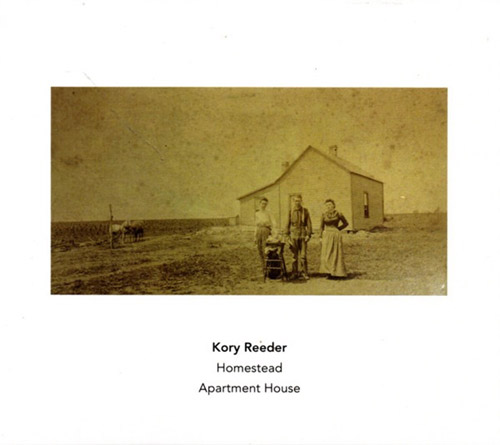
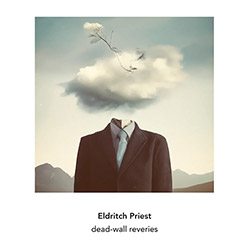
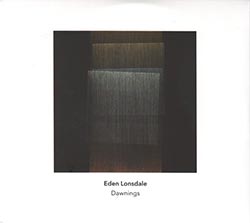
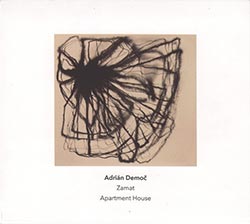
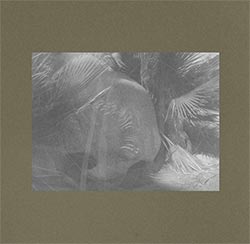


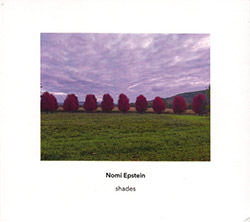
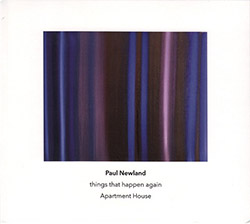
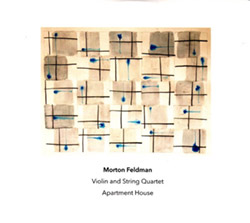
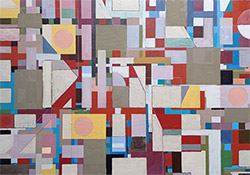
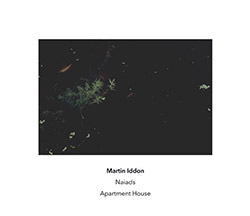
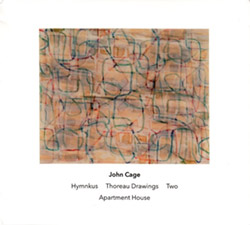
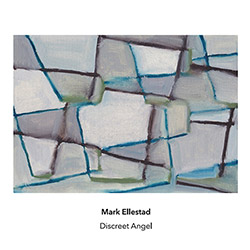
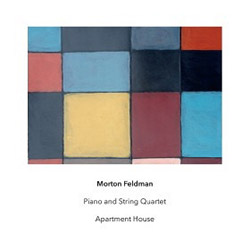

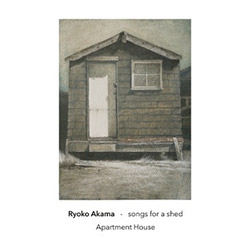
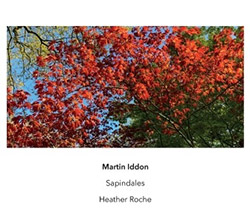
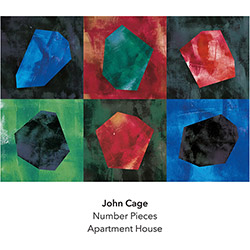
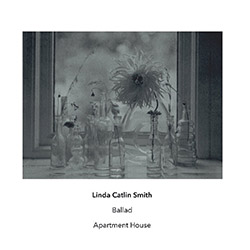
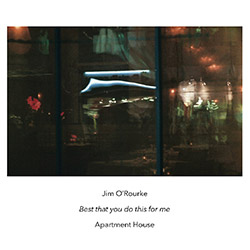
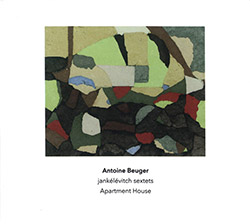
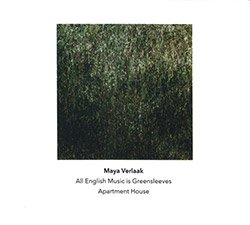
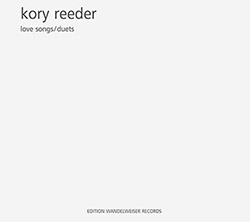
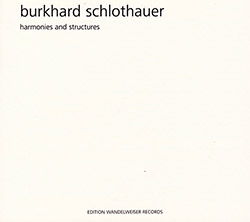
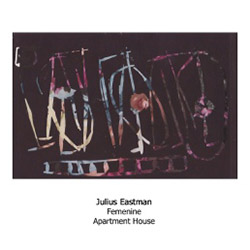
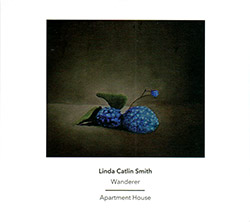

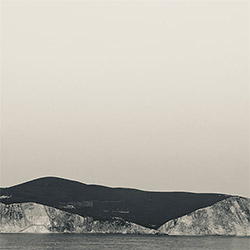
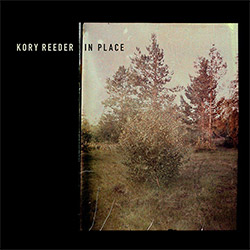
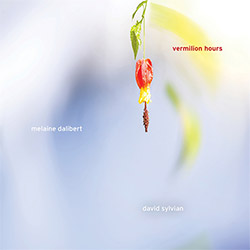
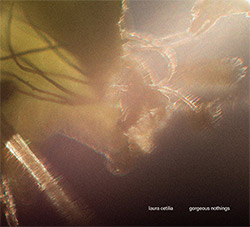
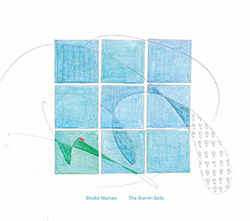

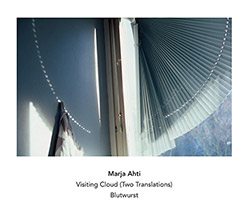
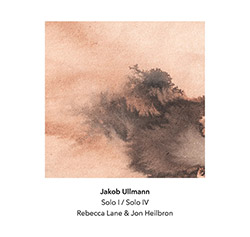
![Agnel, Sophie: Learning [VINYL]](https://www.teuthida.com/productImages/misc4/36841.jpg)
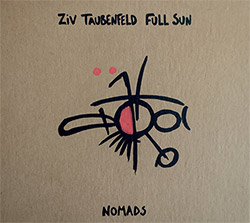
![Monaco, Amanda (w/ Michael Attias / Sean Conly / Satoshi Takeishi) : Deathblow [VINYL]](https://www.teuthida.com/productImages/misc4/36956.jpg)
![Frey, Jurg with ensemble]h[iatus: Je Laisse A La Nuit Son Poids D](https://www.teuthida.com/productImages/misc4/36988.jpg)
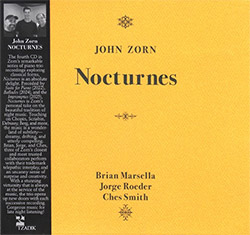
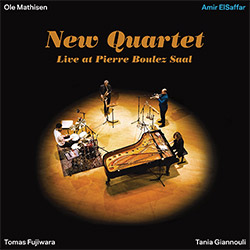
![ElSaffar, Amir / New Quartet : Live at Pierre Boulez Saal [VINYL]](https://www.teuthida.com/productImages/misc4/36830.jpg)
![Zorn, John: The Song of Songs [CD + CD BOOK]](https://www.teuthida.com/productImages/misc4/36923.jpg)
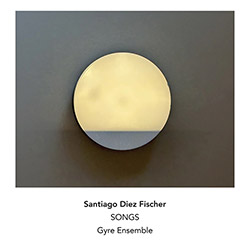
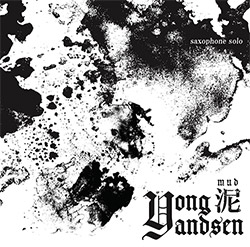
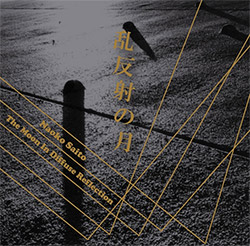

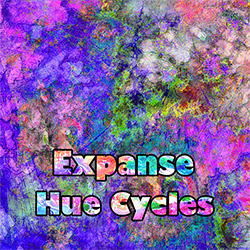
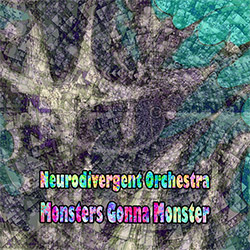
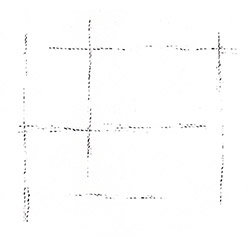

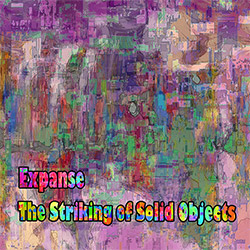
![Musicworks Magazine: #152 Fall 25 [MAGAZINE + CD]](https://www.teuthida.com/productImages/misc4/37004.jpg)
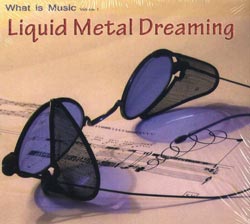

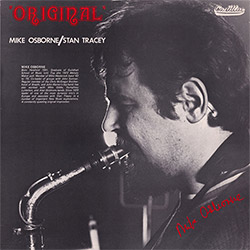
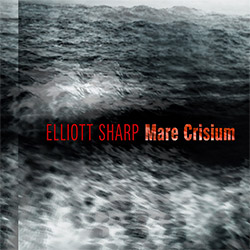
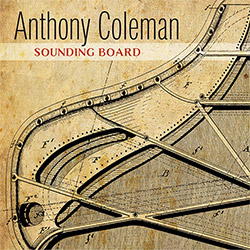
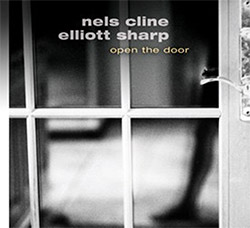
![[ahmed] (Thomas / Grip / Gerbal / Wright): Sama](https://www.teuthida.com/productImages/misc4/36976.jpg)
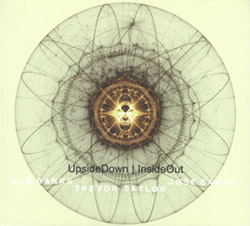
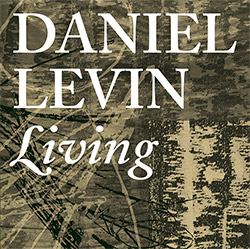
![Cleaver, Gerald / Brandon Lopez / Hprizm: In The Wilderness [COLOR VINYL]](https://www.teuthida.com/productImages/misc4/33060.jpg)
![McPhee, Joe : Defiant Jazz: a Joe McPhee Taster [VINYL]](https://www.teuthida.com/productImages/misc4/36859.jpg)
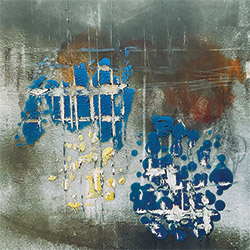
![Mateen, Sabir / Patrick Holmes / Federico Ughi : Survival Situation [LTD VINYL LP + DOWNLOAD]](https://www.teuthida.com/productImages/misc4/29891.jpg)
![Tucker, Dave / Pat Thomas / Thurston Moore / Mark Sanders: Educated Guess Vol. 1 [COLORED VINYL]](https://www.teuthida.com/productImages/misc4/30183.jpg)
![Sarian, Michael / Matthew Putman: A Lifeboat (Part I) [COLORED VINYL]](https://www.teuthida.com/productImages/misc4/30426.jpg)
![Carter, Daniel / Tobias Wilner / Djibril Toure / Federico Ughi: New York United Volume 2 [COLOR VINYL]](https://www.teuthida.com/productImages/misc4/30665.jpg)
![Mela, Francisco feat. Matthew Shipp / William Parker: Music Frees Our Souls, Vol. 1 [BLUE VINYL]](https://www.teuthida.com/productImages/misc4/30999.jpg)
![Heroes Are Gang Leaders: LeAutoRoiOgraphy [COLORED VINYL]](https://www.teuthida.com/productImages/misc4/32253.jpg)
![Carter, Daniel / Matthew Shipp / William Parker / Gerald Cleaver: Welcome Adventure! Vol. 2 [COLOR VINYL]](https://www.teuthida.com/productImages/misc4/32385.jpg)
![Carter, Daniel / Evan Strauss / 5-Track / Sheridan Riley: The Uproar In Bursts Of Sound And Silence [COLORED VINYL]](https://www.teuthida.com/productImages/misc4/32515.jpg)
![Ackerley, Jessica / Patrick Shiroishi / Chris Williams / Luke Stewart / Jason Nazary: SSWAN: Invisibility is an Unnatural Disaster [COLORED VINYL]](https://www.teuthida.com/productImages/misc4/32586.jpg)
![Mela, Francisco feat. Cooper-Moore / William Parker: Music Frees Our Souls, Vol. 2 [COLORED VINYL]](https://www.teuthida.com/productImages/misc4/32735.jpg)
![Amba, Zoh / William Parker / Francisco Mela: O Life, O Light Vol. 2 [COLOR VINYL]](https://www.teuthida.com/productImages/misc4/33059.jpg)
![Dikeman, John / Pat Thomas / John Edwards / Steve Noble: Volume 1 [COLORED VINYL]](https://www.teuthida.com/productImages/misc4/33099.jpg)
![Dikeman, John / Pat Thomas / John Edwards / Steve Noble: Volume 2 [COLOR VINYL]](https://www.teuthida.com/productImages/misc4/33184.jpg)
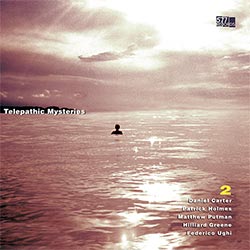

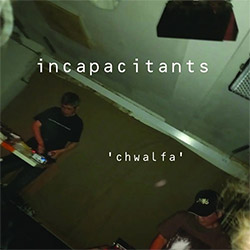
![Genthon, Anouck / Lionel Marchetti: Suite Blanche [2 CDs]](https://www.teuthida.com/productImages/misc4/36642.jpg)
![Toeplitz, Kasper T.: Erosions Programmees [CD + BOOKLET]](https://www.teuthida.com/productImages/misc4/36639.jpg)
![Gate, The : Amost Live [CASSETTE + MAGAZINE]](https://www.teuthida.com/productImages/misc4/36836.jpg)
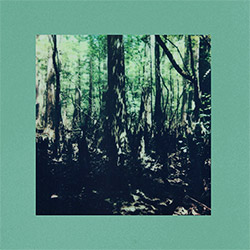

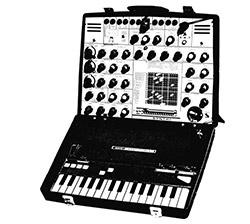
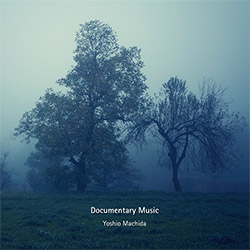
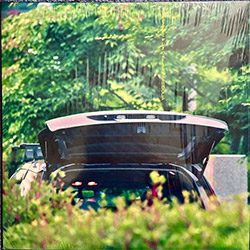
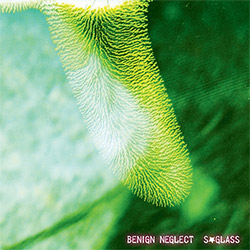
![A Magic Whistle: The Solar Cell [VINYL]](https://www.teuthida.com/productImages/misc4/36658.jpg)

![McGee, Hal: Columbus Expedition [Cassette w/ Download]](https://www.teuthida.com/productImages/misc4/36650.jpg)

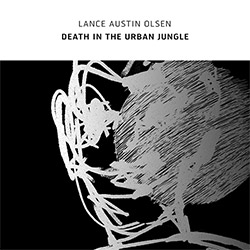
![Jaeger, Kassel: Fernweh [VINYL 2 LPs]](https://www.teuthida.com/productImages/misc4/36541.jpg)

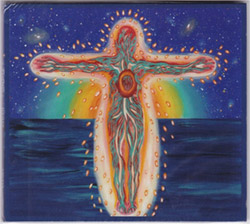
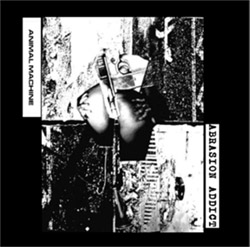
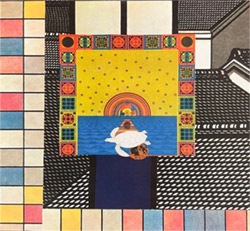

![+DOG+: The Light Of Our Lives [2 CDs]](https://www.teuthida.com/productImages/misc4/36009.jpg)
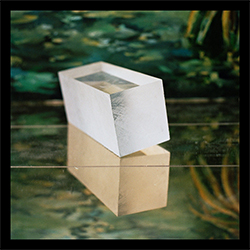
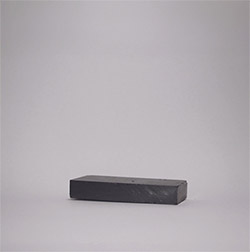
![Eternities: Rides Again [CASSETTE]](https://www.teuthida.com/productImages/misc4/36247.jpg)
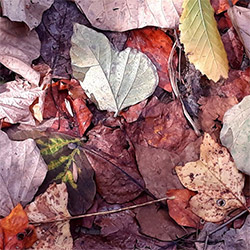
![Lopez, Francisco: Untitled (2021-2022) [2 CDs]](https://www.teuthida.com/productImages/misc4/36438.jpg)
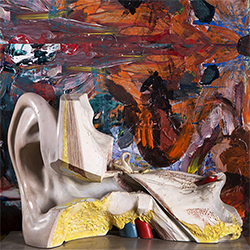
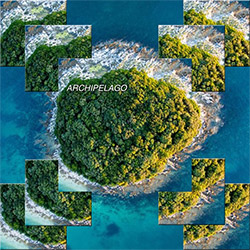
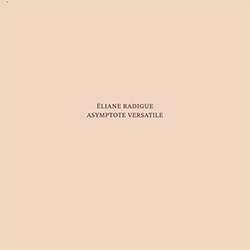
![Frey, Jurg : Composer, Alone [3 CDs]](https://www.teuthida.com/productImages/misc4/36927.jpg)
![Pisaro-Liu, Michael: Within (2) / Appearance (2) [2 CDs]](https://www.teuthida.com/productImages/misc4/36831.jpg)
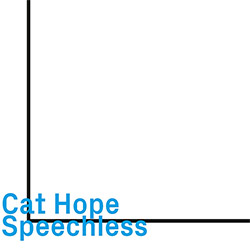
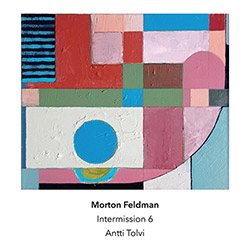
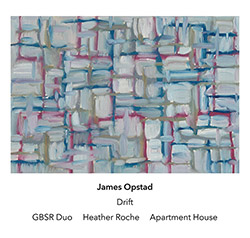
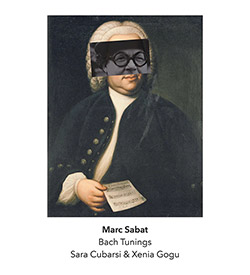
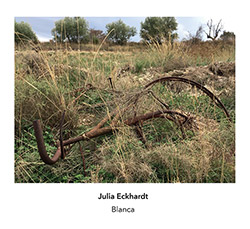
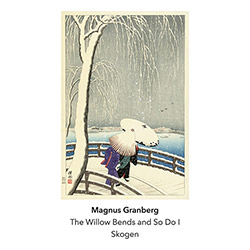
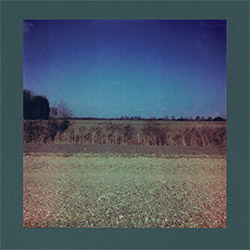
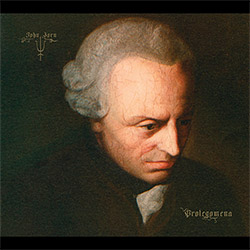
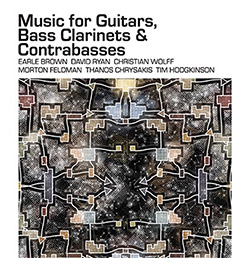
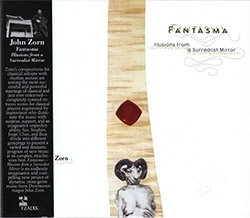
![Musicworks Magazine: #151 Summer 25 [MAGAZINE + CD]](https://www.teuthida.com/productImages/misc4/36559.jpg)
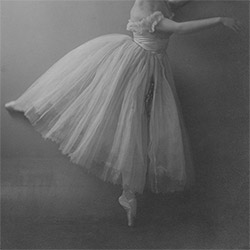
![Brown, Dan / Dan Reynolds: Live At The Grange Hall [unauthorized][CASSETTE]](https://www.teuthida.com/productImages/misc4/36245.jpg)
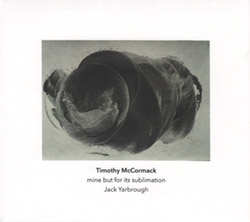

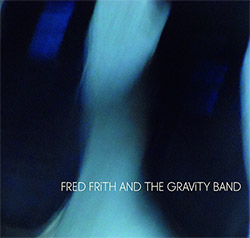
![Coultrain: Mundus [COLORED VINYL]](https://www.teuthida.com/productImages/misc4/33056.jpg)
![Hprizm: Signs Remixed [COLORED VINYL]](https://www.teuthida.com/productImages/misc4/30635.jpg)
![Halls Of the Machine: All Tribal Dignitaries [CASSETTE w/ DOWNLOAD]](https://www.teuthida.com/productImages/misc4/36134.jpg)
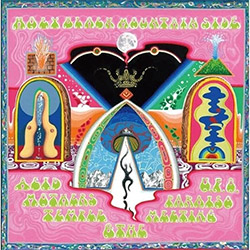
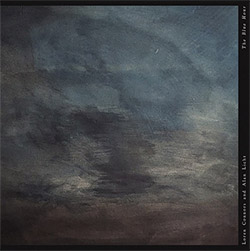
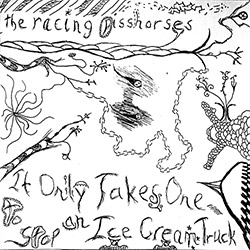
![Koenjihyakkei: Live at Club Goodman [2 CDs]](https://www.teuthida.com/productImages/misc4/36111.jpg)
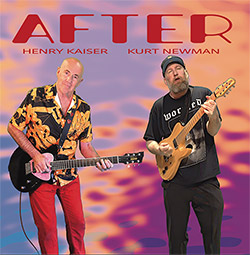
![Sorry For Laughing (G. Whitlow / M. Bates / Dave-Id / E. Ka-Spel): Rain Flowers [2 CDS]](https://www.teuthida.com/productImages/misc4/35985.jpg)

![Rolando, Tommaso / Andy Moor : Biscotti [CASSETTE w/ DOWNLOADS]](https://www.teuthida.com/productImages/misc4/36106.jpg)
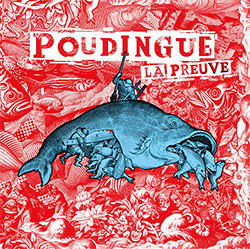
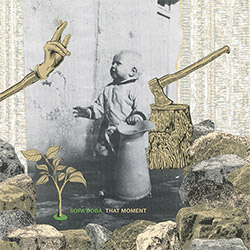
![Electric Bird Noise / Derek Roddy: 8-10-22 [CD EP]](https://www.teuthida.com/productImages/misc4/35970.jpg)
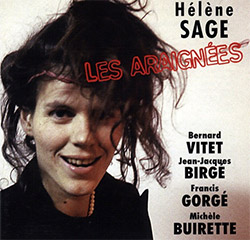


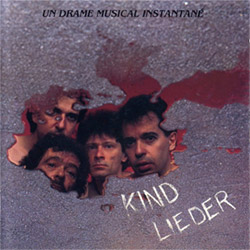
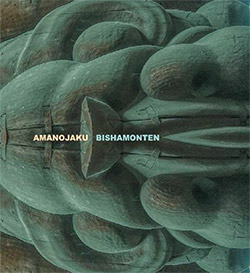
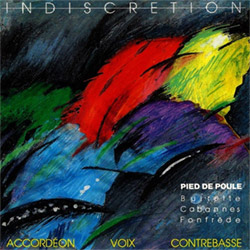
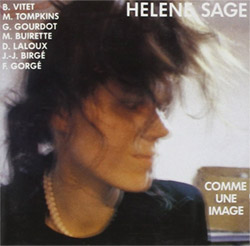
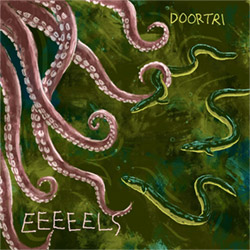
![Elephant9 : Mythical River [VINYL]](https://www.teuthida.com/productImages/misc4/34624.jpg)
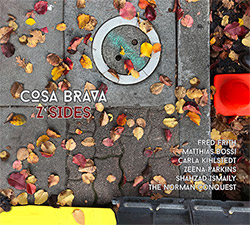
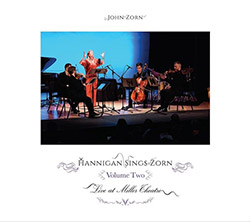
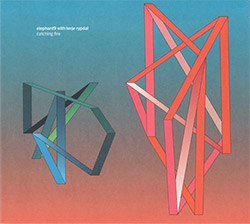
![Elephant9 with Terje Rypdal: Catching Fire [VINYL 2 LPs]](https://www.teuthida.com/productImages/misc4/35355.jpg)
![Deerlady (Obomsawin, Mali / Magdalena Abrego): Greatest Hits [VINYL]](https://www.teuthida.com/productImages/misc4/34876.jpg)
![Coley, Byron: Dating Tips for Touring Bands [VINYL]](https://www.teuthida.com/productImages/misc4/17906.jpg)

![Lost Kisses: My Life is Sad & Funny [DVD]](https://www.teuthida.com/productImages/misc4/lostKissesDVD.jpg)